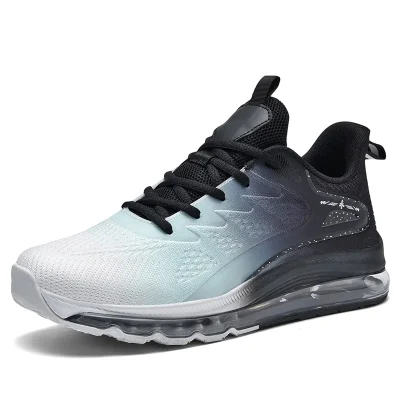Origins and Early Development
19th Century Beginnings:
- Plimsolls: The earliest form of sneakers, known as plimsolls, emerged in the 19th century. They featured rubber soles and canvas uppers and were primarily used for beachwear.
- Keds: In 1916, the U.S. Rubber Company introduced the first mass-produced sneaker, Keds. With their simple design and quiet rubber soles, Keds quickly gained popularity.
1920s – 1930s: The Rise of Athletic Brands
- Converse: The Converse Rubber Shoe Company, founded in 1908, launched the iconic Converse All-Star in 1917. Designed as a basketball shoe, it became widely popular after basketball player Chuck Taylor endorsed it in the 1920s.
- Adidas: Founded by Adolf “Adi” Dassler in Germany in 1924, Adidas started as a small operation but soon gained fame. The company introduced the first track shoes with spikes, worn by athletes like Jesse Owens in the 1936 Olympics.
1940s – 1950s: Post-War Boom
- Nike: Originally founded as Blue Ribbon Sports in 1964 by Bill Bowerman and Phil Knight, Nike was renamed in 1971. The brand revolutionized the industry with innovative designs and marketing strategies.
- Puma: Rudolf Dassler, Adi’s brother, founded Puma in 1948. The company introduced the Atom, the first football boot with screw-in studs, which gained significant attention.
Sneakers in Popular Culture
1960s – 1970s: From Sports to Street
- Running Boom: The jogging craze of the 1970s significantly boosted sneaker sales, with brands like Nike and Adidas leading the charge. Nike’s Waffle Trainer, introduced in 1974, became particularly iconic.
- Hip-Hop Culture: In the late 1970s, sneakers became a symbol of street style, especially within the burgeoning hip-hop culture. Brands like Adidas capitalized on this trend, exemplified by Run-DMC’s famous endorsement deal in 1986.
1980s: The Age of Endorsements
- Air Jordan: Nike’s collaboration with Michael Jordan in 1984 revolutionized the sneaker market. The Air Jordan line combined performance and style, creating a new era of sneaker culture.
- Reebok and Aerobics: Reebok capitalized on the aerobics trend with the Freestyle sneaker in 1982, targeting the growing market of fitness-conscious women.
Modern Era: Fashion and Collectibility
1990s: The Sneakerhead Phenomenon
- Collecting Culture: The 1990s saw the rise of “sneakerheads,” enthusiasts who collect and trade rare and limited-edition sneakers. Nike’s Air Max line and collaborations with designers and artists fueled this trend.
- High Fashion: Designers like Yohji Yamamoto and brands like Prada began incorporating sneakers into their collections, blurring the lines between athletic wear and high fashion.
2000s – Present: Sneakers as Fashion Statements
- Luxury Collaborations: High-end designers such as Kanye West with Adidas (Yeezy) and Virgil Abloh with Nike (Off-White) have made sneakers integral to their collections, elevating them to luxury status.
- Sustainability: With growing environmental awareness, brands are focusing on sustainable materials and production methods. Companies like Allbirds and Nike’s Move to Zero initiative reflect this trend.
- Technology and Innovation: Advances in materials and manufacturing techniques, such as 3D printing and smart fabrics, are pushing the boundaries of sneaker design and functionality.
Conclusion
From their humble beginnings as simple rubber-soled shoes to their current status as cultural icons, sneakers have evolved dramatically. They reflect broader societal changes, technological advancements, and shifts in fashion and lifestyle. Today, sneakers are not just functional footwear but a powerful form of self-expression and a testament to the enduring appeal of athletic-inspired fashion.


















